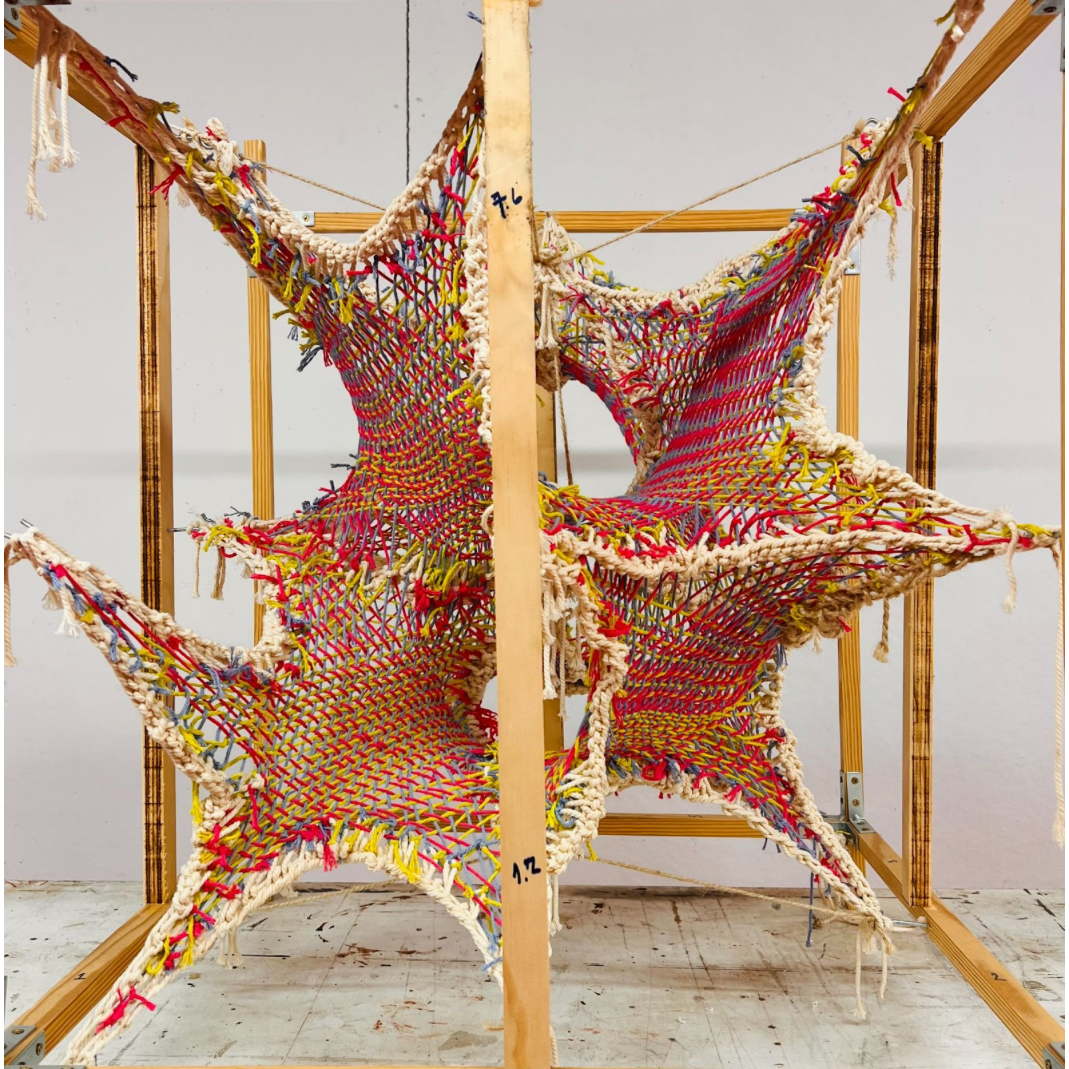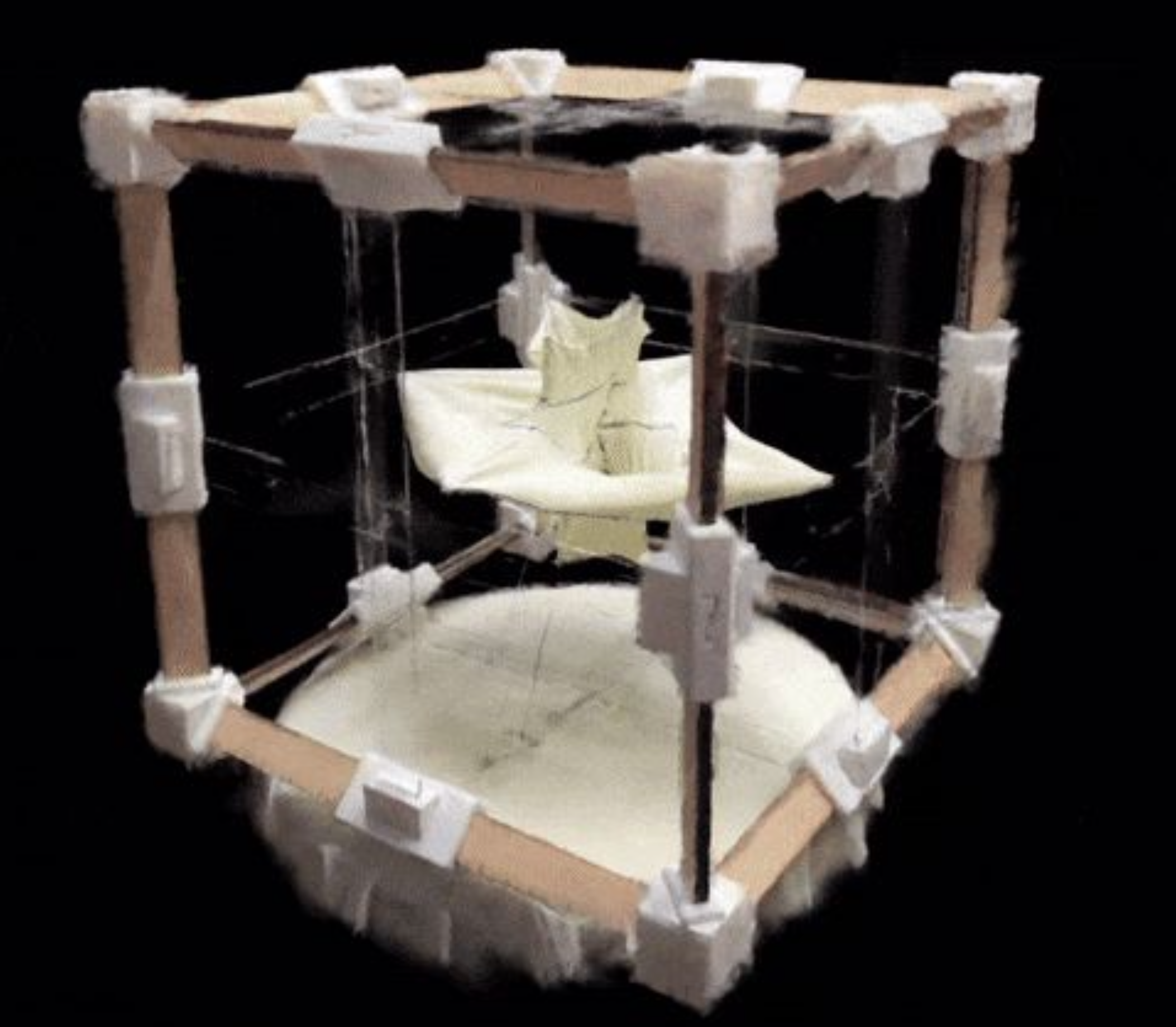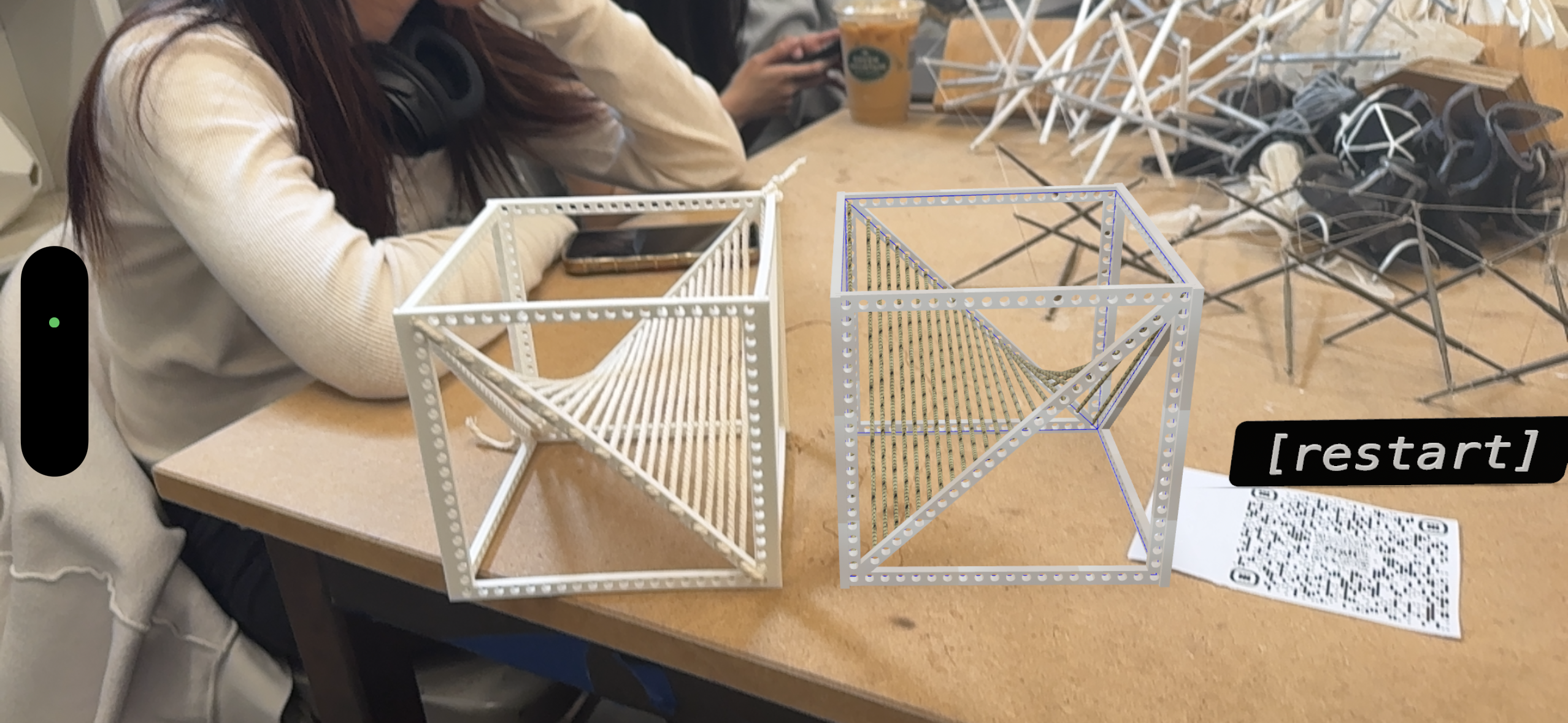Morphoverse: 3D Scanning Archival Project





By Isaiah Solis
The focus of this project was initially to preserve Built Center of Experimental Structures Projects with Contemporary 3D Scanning workflows and see how these technologies can be incorporated into Design Model documentation. Many of us at Pratt Institute spend so much time and money on a single physical model that often disappears when we get our final grade. We're asked to build models that are feet wide, in the case of C.E.S., even a 1:1 Scale build project.
We simply do not have enough physical space to store them forever. If these models are not in our homes, they're in the School of Architecture, where people are moving around and every single model is at risk of damage. So while photos and videos serve as a quick and easy way to document a project, they may not always serve as the best way to understand the intricacies of past projects.
This statement is especially true when dealing with projects that get as geometrically complex as in the C.E.S. While Photogrammetry may work for some models, Gaussian Splatting serves as a great way to quickly archive our work in a more interactive format that would immensely help future students with portfolios and analyzing past work. I want to introduce this technology to the design community around us and show off how we're using it in C.E.S. and its future potential.